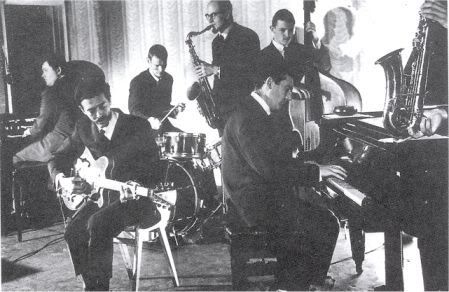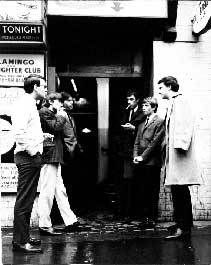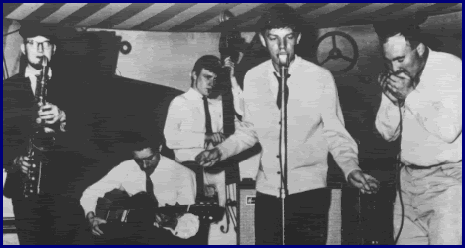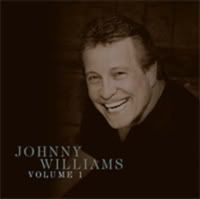 Today is the first day of my holidays, and it's also my birthday (hooray!).
Today is the first day of my holidays, and it's also my birthday (hooray!).I happen to share my birthday with one Michael Jagger, who is considerably older than me today. Other things I don't share in common with Mick Jagger are being born in London, attending the London School of Economics, and getting a first-class honours degree. And writing hundreds of classic r&b numbers. But I can dance like a chicken impersonating James Brown (or Joe Tex, or Rufus Thomas, according to preference) just as badly! It is slowly dawning on me why my younger self never had much success with the ladies at discos...
Now, rather than pick a random Rolling Stones song from Aftermath or Let It Bleed, which I would enjoy but is not really the point of the blog (its been really hard not to let some of the Soul Britannia posts I've been writing grow into a history of mod bands, which I imagine would not really interest most of you out there!), I had a think about a song that would have a birthday theme and would highlight the r&b basis of the Stones music. There was only one choice to make, and it will get you up and leaping about, like I will be!
 The singer today is Thelma Houston. This track is one of the covers featured on album Sunshower, produced by Jimmy Webb (of By The Time I Get To Phoenix fame), who wrote many of the other tracks. I think I may feature some more over the summer!
The singer today is Thelma Houston. This track is one of the covers featured on album Sunshower, produced by Jimmy Webb (of By The Time I Get To Phoenix fame), who wrote many of the other tracks. I think I may feature some more over the summer!I have heard a number of unusual comments about this song in the past - that it refers to voodoo; that it refers to Sympathy For The Devil; that it 'isn't' r&b at all. Of these, let's tackle the last first. The argument, amongst mostly white 'rock' fans, is that the chords utilised in the song presage 'rock' music. Keith Richards has commented on the song and agreed that the structure of the song was more ambitious than their earlier r&b covers and compositions, but equally he found it a relief to 'return' to r&b feeling and iconography after their brief psychedelic experiments, and felt it showed growing maturity in their writing and playing. I get the feeling that the Stones themselves would be embarrassed by these 'birth of rock' advocates, who clearly quite misunderstand the r&b group the Stones were always trying to be.
Equally, the 'voodoo' statements seem laboured. Mick and Keith were writing lyrics with the much more common theme of the hard life in mind. What is interesting is how they transform a hard life blues into a story where the obstacles are overcome. More likely is that it simply speaks about the traumas and trials of any troubled childhood, from men who were all fortunate to grow up in caring homes in post-war Britain. The song was written around the time that the tv documentary Cathy Come Home was shown in Britain, showing the appalling treatment that unmarried mothers and their children were forced to put up with at that time, and the scandals of childrens' homes. It caused a prolonged national debate about such matters and child welfare.
Whereas the Stones had played it lacksadaisically and Jagger had sung it with a front of bravado, mimicing the attitude of people who internalise such events, when Thelma sings the song, she brings added power to the song that almost knocks you over, and a heart-rending sense of pain into her voice, making you almost believe that this is personal. Thelma, born Thelma Jackson, would have been able to draw on her memories of her early life in Leland, Mississippi, loved but poor, when her mother supported them by picking cotton, before they made a new life for themselves in Long Beach, California.
To make it clear, I was probably not born in a crossfire hurricane...
Thelma Houston - Jumpin' Jack Flash (from Dunhill/Motown album 'Sunshower' 1969)
Information about Thelma Houston found in All Music Guide by Ed Hogan. Information about Mick Jagger from White Heat by Dominic Sandbrook.









